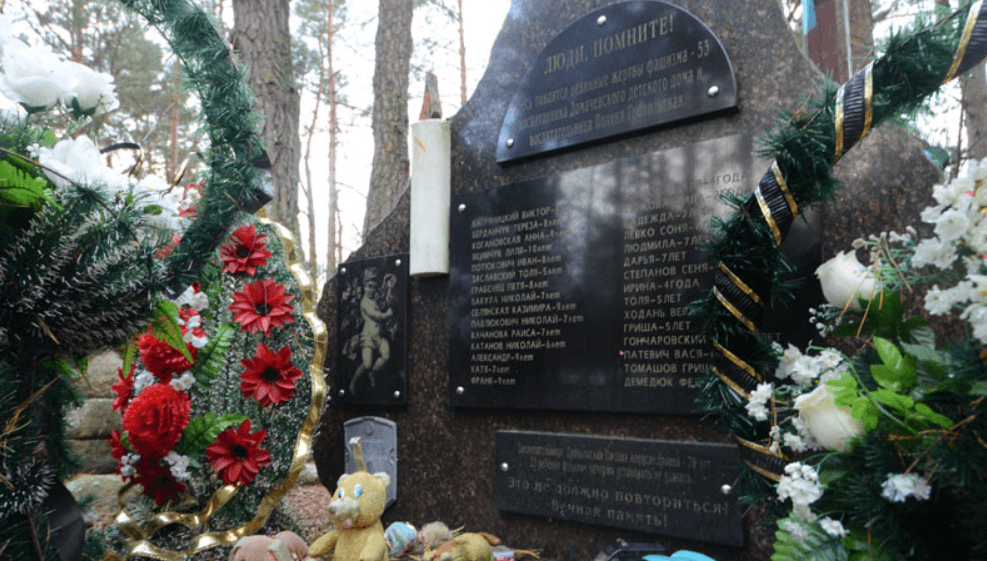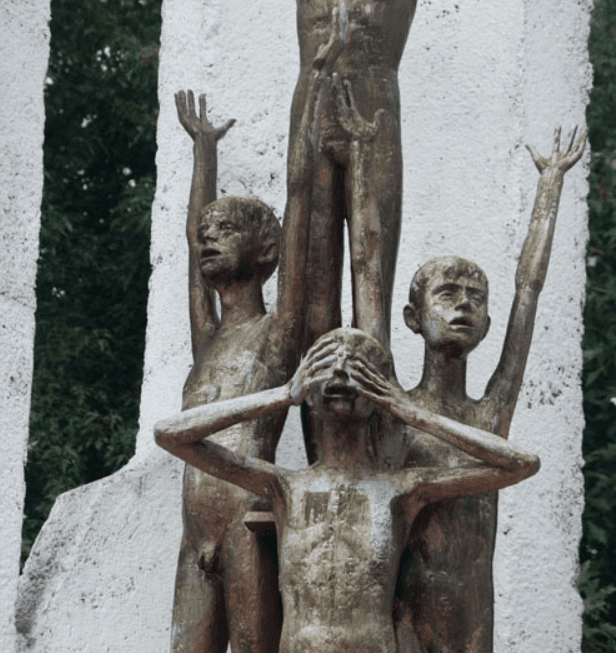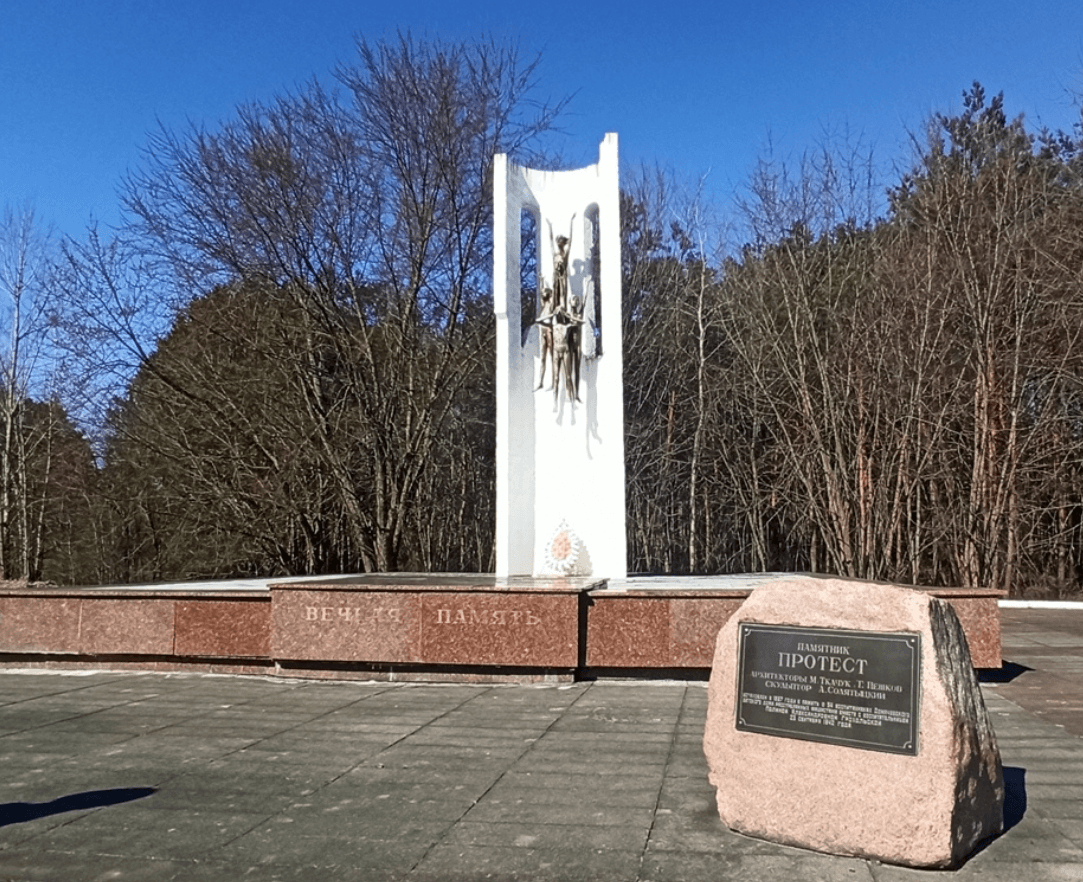Leplevka. Monument to child victims of fascism.
Memorial
Belarus, Brest region, Brest region, village of Leplevka
Description
The Protest monument is located on the Brest-Tomashovka highway, near the village of Domachevo (the Brest — Leplevka — Domachevo fork). This monument is a reminder of the terrible events that took place during the Second World War. Many travelers, passing by, notice this memorial, but not everyone knows its history.
Today, the Protest monument is an important place of remembrance and attracts tourists interested in history. This place is worth a visit to pay tribute to the victims of the war and remind yourself that such tragedies should not happen again. The Protest monument is not only a symbol of sorrow, but also a reminder of the courage of those who tried to save children, and of the innocent souls whose lives ended too soon.
Categories
Historical
Comments
Reviews to the Place
1Murphy Darkwalker
10.03.2025
Monument to child victims of fascism
In 1939-1941, there was an orphanage in Domachevo, where 84 pupils lived. The boarding school was founded in 1925 by the Polish authorities, and orphans of various nationalities were brought up there.: Belarusians, Russians, Poles, Ukrainians, Jews. By 1941, there were about a hundred children in the boarding school, ranging in age from infants to 12 years old. Most of them had no parents or relatives.
On June 22, 1941, with the outbreak of war, the children did not have time to evacuate, and they found themselves under occupation. In the early days of the war, three toddlers were killed and two others were injured as a result of the bombing. One of the orphanage buildings burned down, and the remaining children were placed in two surviving buildings. The living conditions were terrible: the children slept four people in one bed, died of hunger, diseases and medical experiments carried out by the Nazis. The Germans took the children, took their blood, and those who couldn't stand it were buried near the barn.
On September 23, 1942, a terrible tragedy occurred. In the evening, a truck carrying six armed German soldiers arrived in the courtyard of the orphanage. The children were told that they were being taken to Brest and ordered to get into the back of a car. 55 pupils and their teacher Polina Groholskaya, who did not abandon the children in difficult times, were loaded into the car. Only two children, Tosya Shakhmetova and Vitya Abramov, were able to jump out of the car and escape. The rest were taken to a wooded area on the outskirts of the village of Leplevka, one and a half kilometers from Dubitsa station, and shot.
After the liberation of Domachevo in 1944, local residents and partisans drew up an act on the shooting of children. Thanks to their efforts, it was possible to identify most of the victims, but 23 names remain unknown to this day. In 1952, an obelisk was erected on the outskirts of Leplevka in memory of the dead children. Later, in 1987, the Protest monument appeared here, an eight—meter-high white marble stele with bronze figures of children crying for help. The authors of the monument are architects M. Tkachuk and G. Pashkov, sculptor A. Solyatytsky. This memorial has become an important object for tours around Belarus, drawing attention to the tragic events of those years.
It is known that before the mass shooting, 16 children were taken away by relatives, and 11 were raised by local residents. The three sons of the border guard officer Vasily Roslik - Volodya, Zhenya and Grisha — were saved by the family of Sidor Doroshuk. Other children, such as Alla and Anatoly Kozhukhov, were raised in the families of the villagers of Priborovo. Lenya Shevchenko, the son of Captain Shevchenko, was saved by doctor Novitsky, who handed him over to the Bogutsky family for upbringing.
Tosya Shakhmetova has a special story, which was able to jump out of the car and hide. After long wanderings, she reached the Polish village of Slovatyche, where she was sheltered by a peasant family. In July 1944, her father, Colonel Stepan Shakhmetov, found her.
The inscription on the monument reads:
"People, remember! Innocent victims of fascism are buried here — 53 pupils of the Domachevsky orphanage and teacher Polina Groholskaya. This must not happen again! Eternal memory!"








